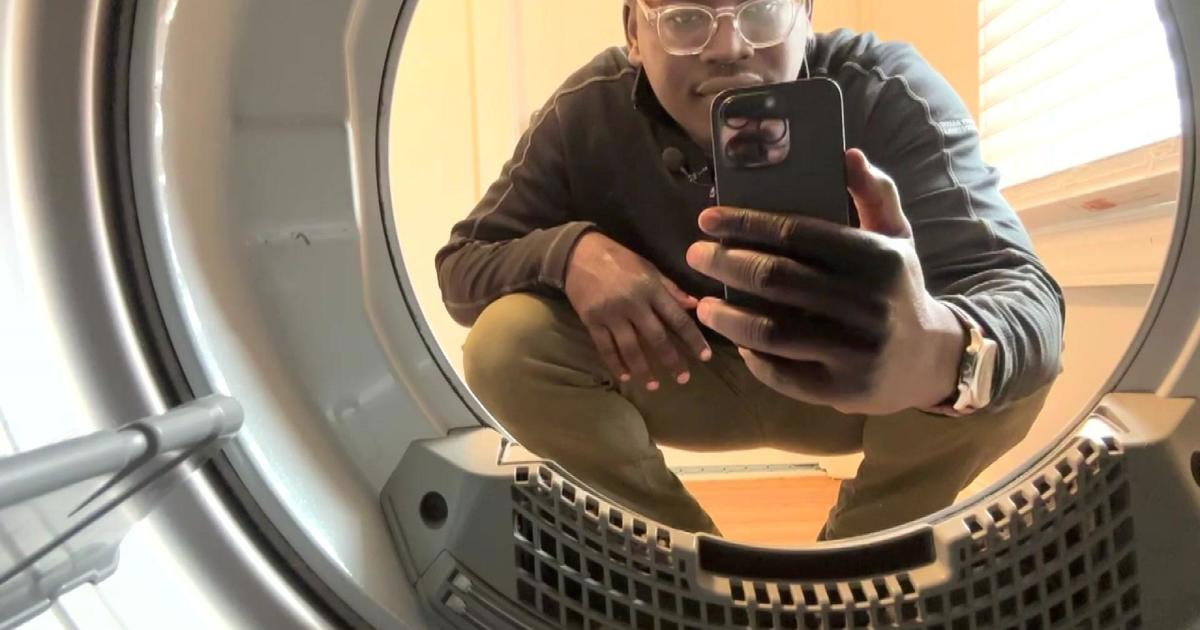Good Question: Does Money From All The Races Really Help Fund A Cure?
MINNEAPOLIS (WCCO) -- It is fundraising run, walk and ride season. In May alone there's the Walk for Animals, the Walk for Bladder Cancer, Walk MS, the Huntingson's Disease Hope Walk, the Autism 5K, the MN AIDS Walk – all are part of the 100 plus walks and runs that have permits to use Minneapolis Parks in 2012.
But with all these races for a cure, is the money going to help fund a cure?
Daniel Borochoff, the CEO and founder of CharityWatch, a nonprofit that plays watchdog over other nonprofits, says walks and runs can be very costly operations, and in some cases spending $30,000 to make $60,000 doesn't make a lot of sense.
But that doesn't mean walks and run can't be lucrative. According to the Run Walk Ride Foundation, runs raised $415 million for the American Cancer Society, Race for the Cure raised $131 million for Susan G. Komen in 2011, and the March For Babies brought in $105 million for the March of Dimes.
According to CharityWatch, groups shouldn't spend more than $35 to earn $100. But all the leftover money isn't necessarily going for a cure. According to the Susan G. Komen foundation, 21 percent of its money gets spent on research grants. Much more, 40 percent, goes to public health education.
CharityWatch grades these groups, and according to Borochoff, Susan G. Komen received a B grade, where the Avon Foundation, which puts on their own cancer walks, received a C - grade. The reason? Avon's expenses are around $36 to raise $100.
John Hallberg, the CEO of Children's Cancer Research Fund, said his organization invests in research that leads to new therapies and ultimately new cures.
He said if you care about a cure - you need to make sure your walk money is going towards a cure.
But wouldn't it be more productive if people didn't walk and just wrote a check to an organization?
"Good question," Hallberg said. "More productive perhaps, but it's all about engagement, it's about relationships."
He described a run or walk as more than just a one hour relationship.
"We're having a 10-year relationship with them," he said.
As for the goal of achieving more success in finding cures for all of these chronic diseases and illnesses, Hallberg said, "cures for the most part are a series of incremental steps, taking the therapy that exists today and making it better."



